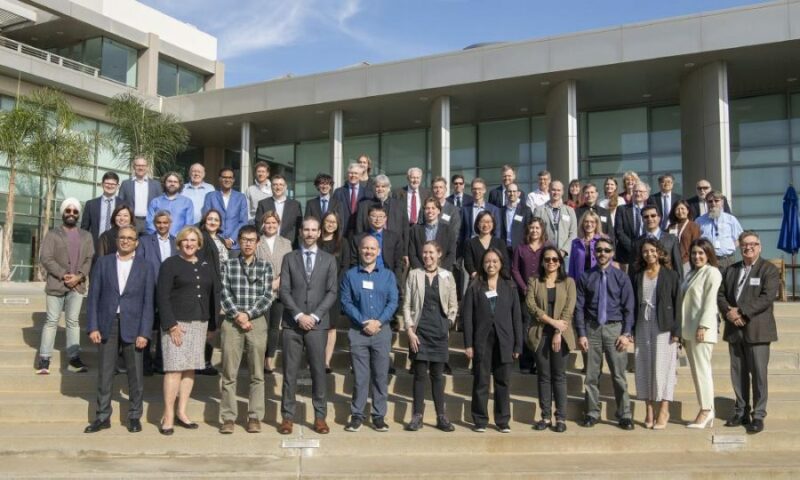The Gemological Institute of America (GIA) hosted its 16th annual research meeting at its global headquarters in Carlsbad, California, bringing together over 100 participants.
This assembly included GIA researchers, esteemed academics, independent industry experts, and GIA Governors and executives.
The three-day event, held from 1-3 November, focused on the latest gemological research and technological advancements
Pioneering Research for Consumer Protection
Tom Moses, GIA’s Executive Vice President and Chief Laboratory and Research Officer, emphasized the centrality of rigorous independent research to GIA’s mission. He stated, “Rigorous independent research is at the centre of GIA’s activities and is vital to our consumer protection mission and our services for the trade.” This highlights GIA’s dedication to advancing gemological science for the benefit of both consumers and the trade.
Technological Innovations and Scientific Breakthroughs
Discussions at the conference covered various topics, including the geographic origin determination for colored stones and pearls, identification methods for laboratory-grown diamonds and treated gems, and advancements in automated diamond grading. The development of specialised gemological instruments and analysis techniques also featured prominently.
Susan Jacques, GIA President and CEO, underscored the importance of these advancements, noting, “Extending the world’s knowledge of gemmology is at the core of our important consumer protection mission. GIA is unique in having a talented team of remarkable scientific experts, world-renowned outside advisors and the advanced technology, scientific instrumentation and other resources to support such important work that yields concrete benefits for the public and the trade.”
Key Topics of Discussion
The conference’s agenda included:
- Novel observations in diamond inclusions, fluorescence, and color-zoning.
- Research challenges in determining diamond origins.
- Geochemical analysis of colored stones, detection of diffusion treatments, and the study of North Carolina emeralds.
- Challenges in identifying unusual cultured pearls and the use of trace-elemental analysis and machine learning for pearl origin identification.
- Development of advanced imaging systems for diamond grading and the ongoing efforts to create an automated diamond grading system.
Implications for the Jewelry Industry
GIA’s annual research meeting not only showcased the latest advancements in gemological research but also reinforced the institute’s commitment to consumer protection and industry support through scientific excellence.






